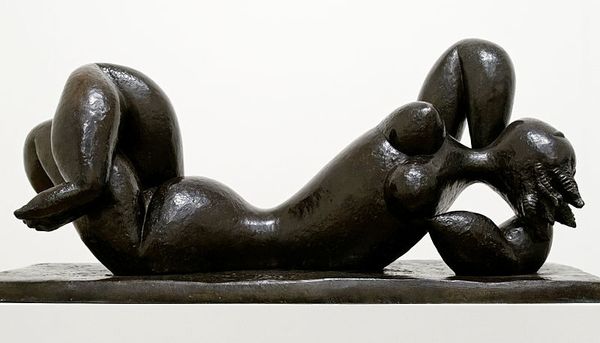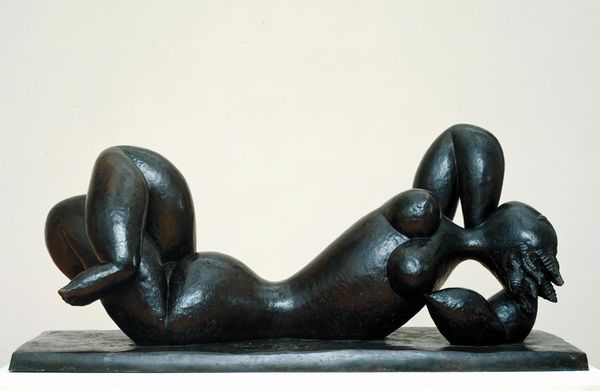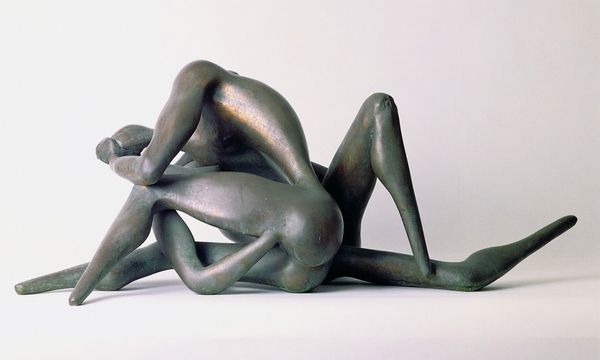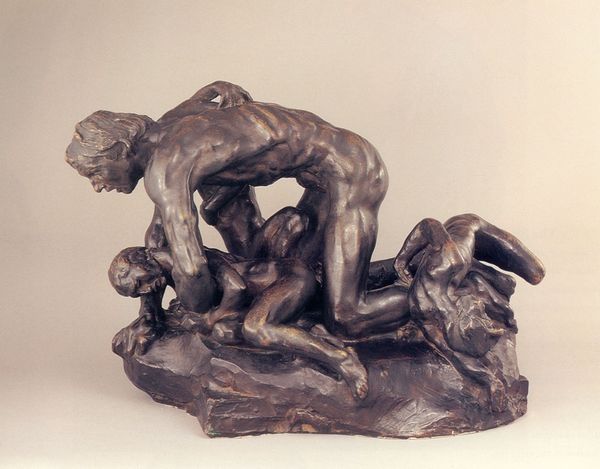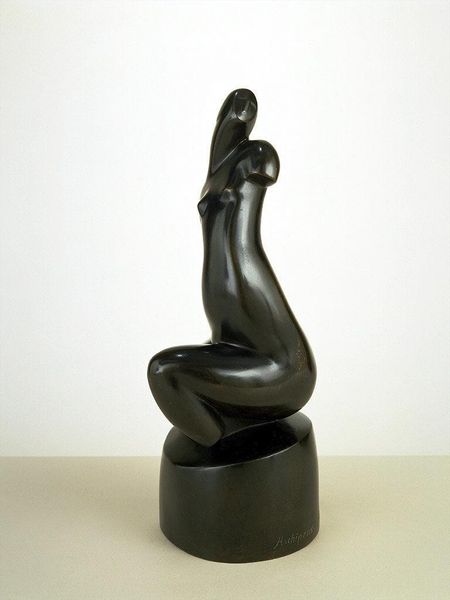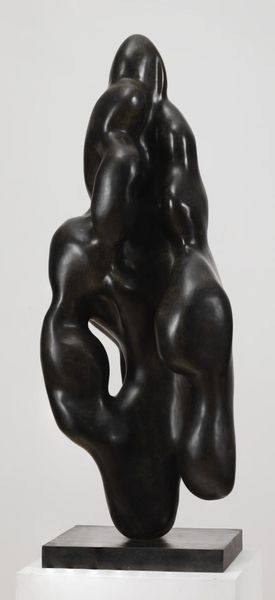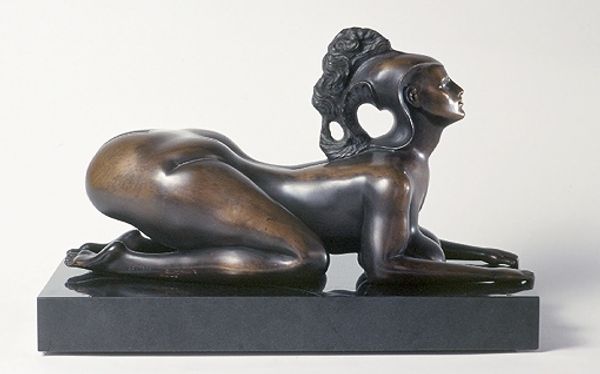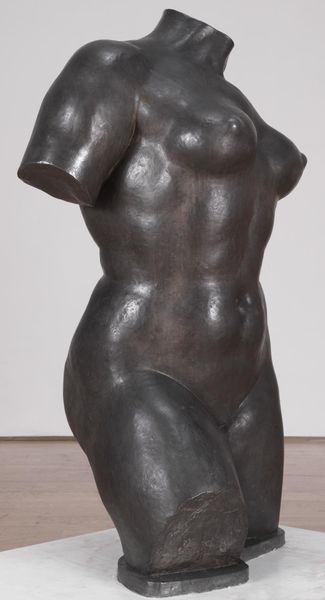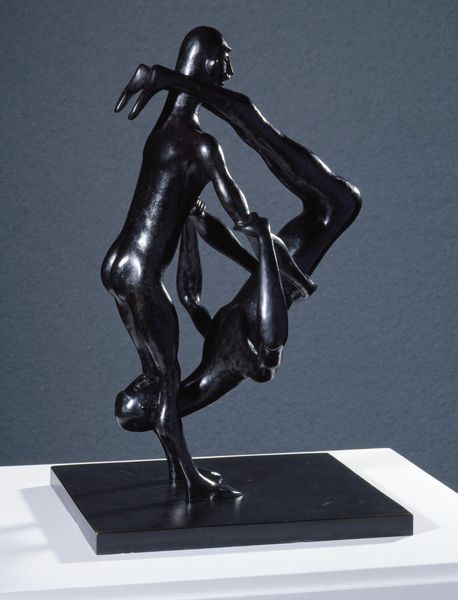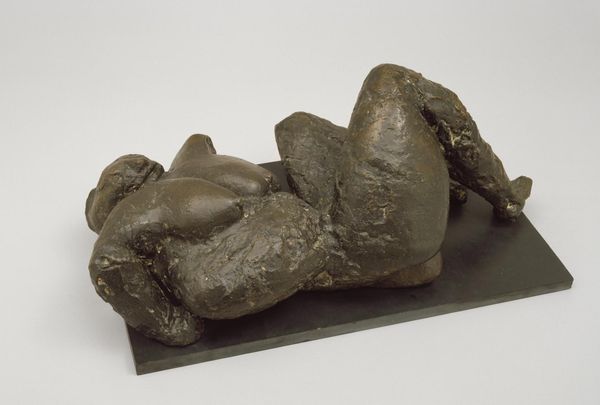
bronze, sculpture
#
16_19th-century
#
sculpture
#
bronze
#
sculpture
#
symbolism
#
nude
Copyright: Public domain
Auguste Rodin’s ‘The Sinner’ is a bronze sculpture, a material with a long history of use in classical fine art. Rodin was a master of capturing movement and emotion, but I want us to think about the making. Bronze casting is an indirect process. Rodin would have first modeled the figure in clay or plaster, capturing every detail of its form and texture. This original model would then be used to create a mold, into which molten bronze was poured. After cooling, the mold was broken away, revealing a rough bronze cast. Then came the skilled work of chasing, where artisans would refine the surface, removing imperfections and enhancing details. Patination – the application of chemical treatments to alter the surface color – was the final step. This labor-intensive process, requiring both artistic vision and technical expertise, reflects a workshop system inherited from the Renaissance. 'The Sinner' becomes not just an artwork, but the result of a collaborative effort, blurring the line between the artist's hand and the craftsman's skill. This challenges the traditional idea of the artist as a solitary genius, and emphasizes the social and material conditions of art production.
Comments
No comments
Be the first to comment and join the conversation on the ultimate creative platform.
